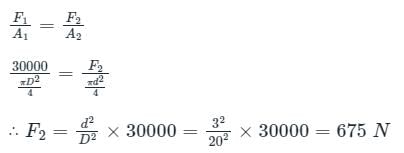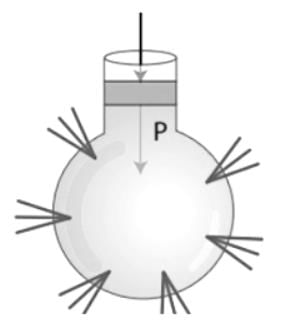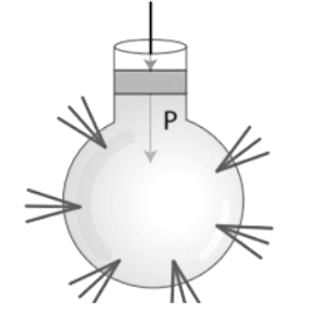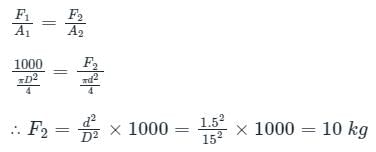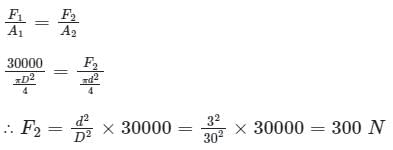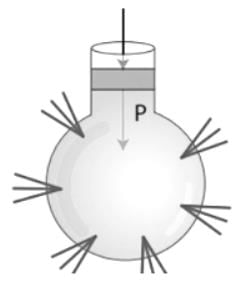Test: Pascal's Principle - 2 - EmSAT Achieve MCQ
10 Questions MCQ Test Physics for EmSAT Achieve - Test: Pascal's Principle - 2
A hydraulic press has a ram of cross-section area 30 × 30 cm and a plunger of cross-section area 4 × 4 cm as shown in figure. Find the force 'F' required to lift the weight 'W' = 30 KN.
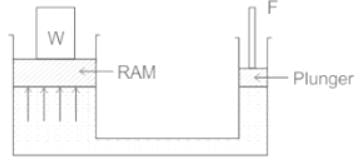

Which is the law states that the intensity of pressure at a point in a fluid at rest is the same in all directions.
A hydraulic press has a ram of 20 cm diameter and a plunger of 3 cm diameter. It is used for lifting a weight of 30 kN. Find the force required at the plunger.
Which of the following laws states that pressure or intensity of pressure at a point in static fluid is equal in all directions?
A hydraulic press has a ram of 15 cm diameter and plunger of 1.5 cm. It is required to lift a weight of 1000 kg. The force required on the plunger is equal to:
Which one of the following laws is applicable to a hydraulic lift?
For a fluid in motion, pressure at a point is same in all directions, then the fluid is:
Find the force required at the plunger which has 3 cm diameter, and the diameter of the hydraulic press is 30 cm. It is used for lifting a weight of 30 kN.
According to _______, the intensity of pressure in a liquid at rest is constant in all directions.
|
215 videos|402 docs|221 tests
|





